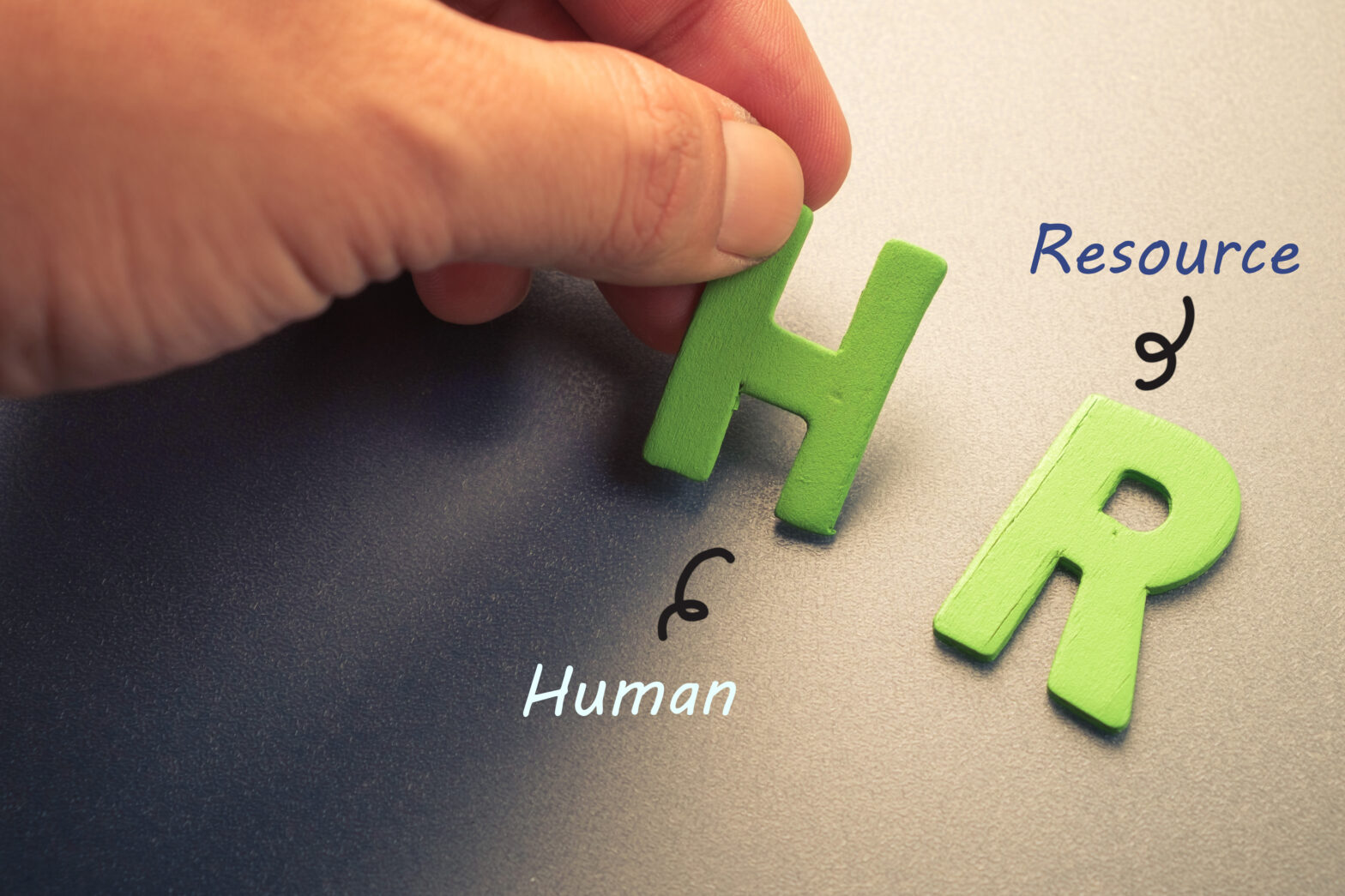We’re in the midst of a global productivity crisis. The IMF estimates that if productivity growth had followed its pre-2008 financial crisis trend, overall GDP in advanced economies would be about 5 per cent higher than today. However, to blame everything on the financial crisis is misleading. The overall trend in productivity growth is stagnant and has been on a downward trend for the last several years.
It’s costing the US a staggering $450-$550 billion a year. In the UK, the latest figures show that UK productivity now ranks 15 per cent below the G7 average. The concern is such that there have been calls for the government to set new targets and create an independent watchdog to monitor progress to improve national productivity.
The issue within the average organisation
These national figures also raise concern for business leaders as they battle to achieve growth in an unstable political and economic climate. They need to ensure that their entire business is working as efficiently as possible, from the top to the bottom.
You’d think this would be simple but recent research conducted amongst 3,500 global workers for our report ‘Why your workforce isn’t working’, found that just one in three people are fully engaged and motivated in their job. In real terms this translates to the average UK employee only being productive for 3.75 days of the working week; which given the average working week is five days is rather concerning. There is clearly much room for improvement.
Productivity is linked to a positive experience
According to the research, over three quarters (78 per cent) of people say they are more productive at work when their working experiences are positive. This jumps to 92 per cent for younger people or millennials – a generation that will make up 50 per cent of the workforce by 2020. Employers need to stop and listen to them. Clearly, driving positive workplace experiences is important but what does that actually mean?
The workforce experience can be viewed very similarly to the customer experience. It’s the journey an individual employee makes throughout their contact with a particular organisation, from initial recruitment discussions, through to being a fully-fledged worker and also their exit should they leave. It’s a fast-moving and evolving journey, with no-one person’s journey being the same as another. It’s vital that organisations can be agile and flexible to these needs, so that they improve the experience and ultimately drive productivity. But how do you go about it?
Build a stronger connection with employees
First and foremost, employers need to build a stronger connection with employees. The research suggests that at present there is a large disconnect between the two, particularly about what positive workforce experiences looks like. Forty per cent of business owners believe free food, beer fridges, ping-pong tables and bean bags are important to employees. Perhaps understandably given the publicity that high-profile and successful brands like Google, Facebook and Apple get for such ‘quirky’ benefits. But when asked, employees across all age groups said benefits such as ping pong tables (5 per cent) or company outings (9 per cent) add relatively little value to their workforce experience. In fact, more than half of respondents (53 per cent) feel that having games in the office are distracting and actually decrease productivity.
Ask the right questions
Instead of making assumptions, employers should be asking their employees directly what would improve their experience and help them be more productive. As it stands, 47 per cent of people have never been asked this by their employer, with just 12 per cent being asked on a regular basis. Just as there is business value in listening to customers, there is just as much value in listening to employees. And don’t assume that HR’s trusted tool, the annual survey is doing the job. Some 20 per cent of those we spoke to said it wasn’t a benefit to them or a suitable catalyst for business transformation.
Immediately invest in flexibility and appreciation
Once employers take the time to engage with their employees, they are likely to find clear recommendations on how to improve productivity. The research found that two key requirements stood out. The first being flexible and remote working, with 81 per cent stating this is very important and highly valued; particularly when it comes to balancing the varying demands of their professional and private lives. The second, being valued and recognised in their role. Two thirds (66 per cent) of people cited this as the most important aspect of their day-to-day employment.
As we sit upon the cusp of a potentially huge economic shift, it’s never been more important focus on productivity. While economic leaders and governments can consider the value of national fiscal measures, individual businesses can play their role too. And fortunately as this research shows, it doesn’t have to be difficult. The key to success, as in many aspects of business, is to get to know the people you’re trying to target better and to build personalised positive experiences around them. And much like when building a successful customer experience, data and technology plays a clear role when it comes to getting your workforce working.
Paul Burrin is VP at Sage People.





